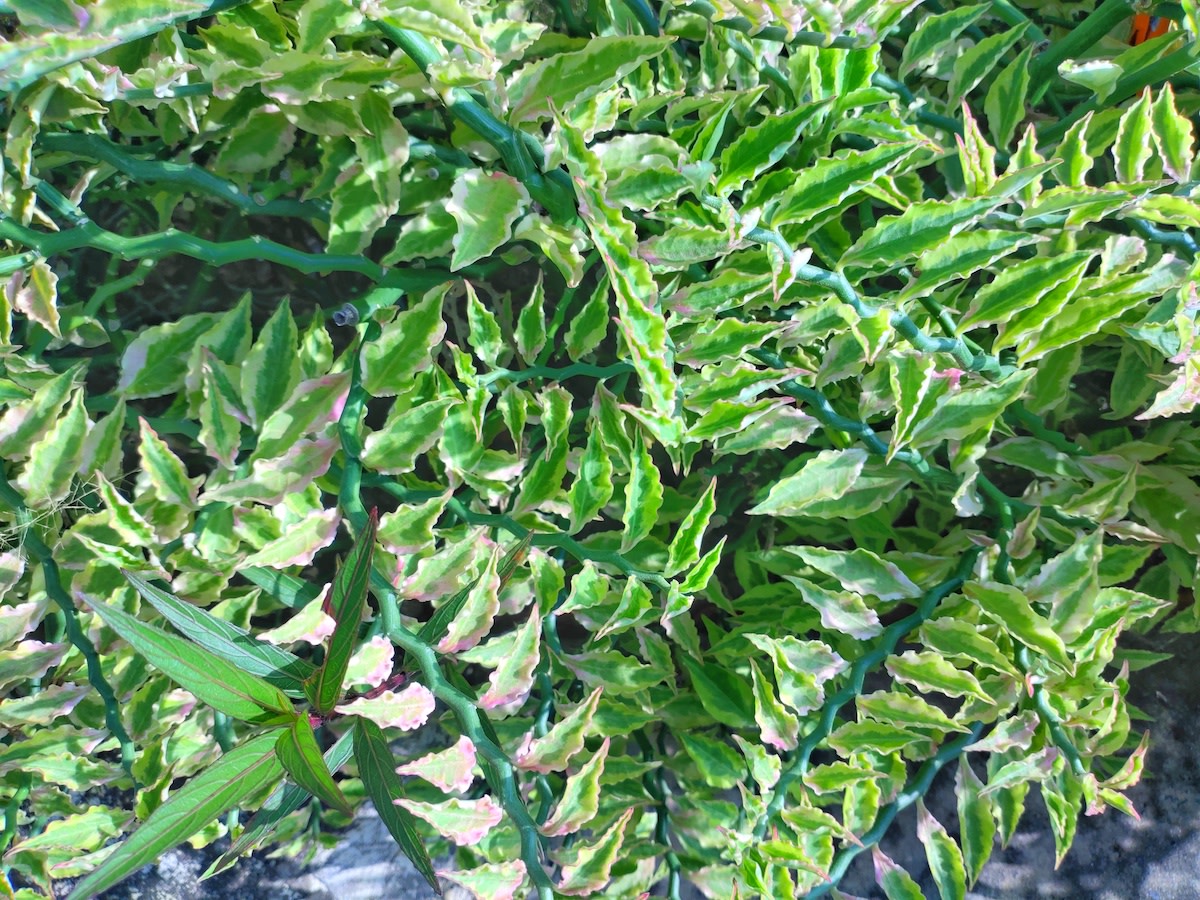Devil's Backbone Plant: Guide to Care and Propagation
Written by MasterClass
Last updated: Oct 22, 2021 • 2 min read
The devil’s backbone is a low-maintenance succulent that is commonly grown as an indoor houseplant.
Learn From the Best
What Is a Devil's Backbone Plant?
Devil’s backbone (scientific name Euphorbia tithymaloides or Pedilanthus tithymaloides) is a succulent plant that also goes by Jacob's ladder, Japanese poinsettia, Persian lady slipper plant, and zig-zag plant. The tropical plant is native to Central America and Mexico.
A member of the spurge family of plants, the devil's backbone is sometimes known as a variegated devil’s backbone because of its leaf formation, which features green and white variegated leaves. While the plant does have true flowers, it also has red leaf bracts that some gardeners call slipper flowers due to their shoe shape.
All parts of the devil’s backbone plant are toxic to pets (including dogs and cats) and humans if eaten. Avoid touching the plant's milky sap, as it may lead to skin irritation; however, you can touch the green leaves without fear of toxicity.
Devil's Backbone Plant Care
The green succulent called devil’s backbone is a common houseplant but can also grow outdoors in USDA Hardiness Zones nine and ten. In North America, those USDA zones correspond to parts of Mexico and Florida. Here are a few additional considerations if you plan on growing the devil's backbone plant indoors:
- Soil: Opt for a potting mix that includes perlite to help with water drainage and air circulation around the roots.
- Water: The devil's backbone plant thrives in evenly moist soil, but you should not overwater the plant—too much water will lead to root rot or discolored, yellow leaves. If you live in a dry region, you can consider misting the leaves weekly to help keep the plant hydrated.
- Light: Keep your potted plant near a window that receives indirect sunlight or partial shade. Avoid too much direct sunlight, which will scorch the leaves.
- Container: Choose an absorbent clay pot with plenty of drainage holes. This will allow the plant to drink as much as it needs before the rest of the water can evaporate away, preventing the roots from sitting in standing water.
How to Propagate a Devil's Backbone Plant
You can use root cuttings to produce new devil’s backbone plants. The entire propagation time—from taking a cutting to transplanting the new plant—will take about two months. Follow these steps to propagate a new plant:
- 1. Take a cutting. In the spring or early summer, take a cutting about four inches in length from a piece of new growth stem on your devil’s backbone plant. Cut the plant between leaves using clean, sterilized scissors.
- 2. Allow the cutting to dry. Let the cutting sit undisturbed on a windowsill or a counter for a few days so the cut end scabs over.
- 3. Plant the stem cutting. Dip the cut end in rooting hormone if you wish before planting the cutting in a well-draining potting soil consisting of succulent mix and perlite. Allow the stem to develop a new root system before you attempt to transfer it to a new container.
Learn More
Grow your own garden with Ron Finley, the self-described "Gangster Gardener." Get the MasterClass Annual Membership and learn how to cultivate fresh herbs and vegetables, keep your house plants alive, and use compost to make your community—and the world—a better place.
